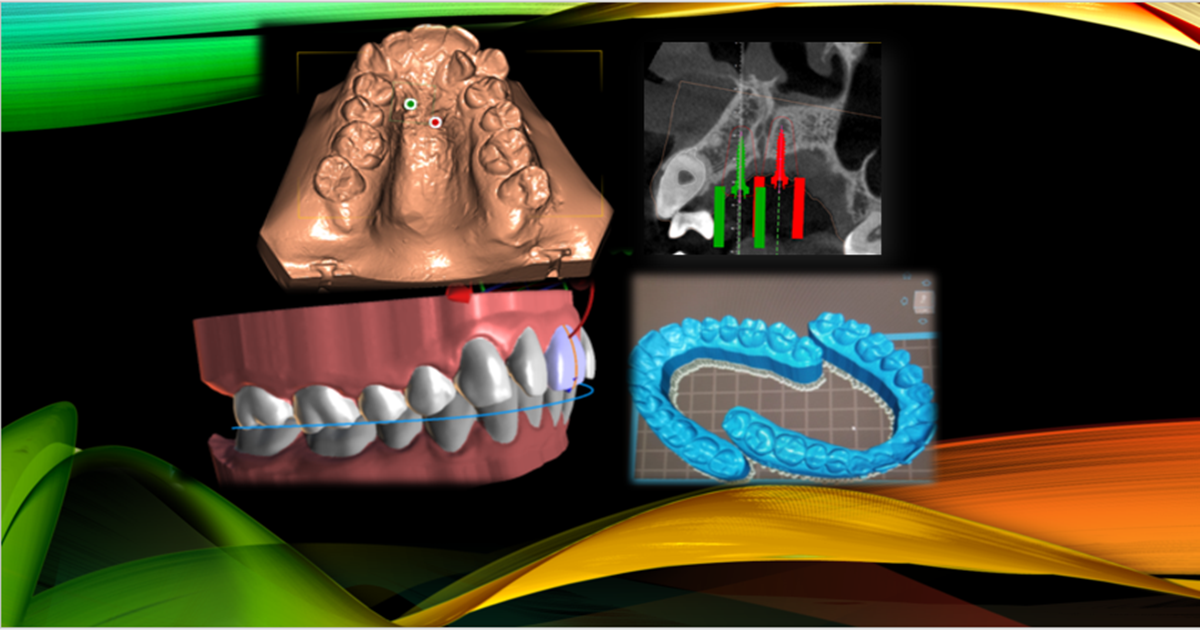Advances in Orthodontics and Dental Medicine
A special issue of Applied Sciences (ISSN 2076-3417). This special issue belongs to the section "Applied Dentistry and Oral Sciences".
Deadline for manuscript submissions: closed (20 January 2024) | Viewed by 60401

Special Issue Editors
Interests: digital and interdisciplinary orthodontics; aligners; orthodontic implants
Special Issues, Collections and Topics in MDPI journals
Interests: adult orthodontics; orthodontic implants; interdisciplinary treatment; dental materials; biomechanics; digital planning; growth and development; dental medicine
Special Issues, Collections and Topics in MDPI journals
Special Issue Information
Dear Colleagues,
Recent advances in orthodontics and dental medicine is this new Special Issue will cover the new up-to-date research results from all areas in dentistry.
Academics, researchers, and professionals from all fields of dentistry are invited to publish review and original articles that will emphasise research work from orthodontics and dental medicine.
The topics that will be covered include: digital orthodontics, diagnosis, virtual treatment planning, digital dentistry, CBCT, orthodontic implants, adult orthodontics, preventive and interceptive treatment, orthognathic surgery, biomechanics, interdisciplinary treatment, aligners, esthetics in orthodontics, cephalometric analysis, biocompatibility, the cytotoxicity of dental and orthodontic materials, and finite elements analysis.
Prof. Dr. Camelia Szuhanek
Prof. Dr. Irina Nicoleta Zetu
Guest Editors
Manuscript Submission Information
Manuscripts should be submitted online at www.mdpi.com by registering and logging in to this website. Once you are registered, click here to go to the submission form. Manuscripts can be submitted until the deadline. All submissions that pass pre-check are peer-reviewed. Accepted papers will be published continuously in the journal (as soon as accepted) and will be listed together on the special issue website. Research articles, review articles as well as short communications are invited. For planned papers, a title and short abstract (about 250 words) can be sent to the Editorial Office for assessment.
Submitted manuscripts should not have been published previously, nor be under consideration for publication elsewhere (except conference proceedings papers). All manuscripts are thoroughly refereed through a single-blind peer-review process. A guide for authors and other relevant information for submission of manuscripts is available on the Instructions for Authors page. Applied Sciences is an international peer-reviewed open access semimonthly journal published by MDPI.
Please visit the Instructions for Authors page before submitting a manuscript. The Article Processing Charge (APC) for publication in this open access journal is 2400 CHF (Swiss Francs). Submitted papers should be well formatted and use good English. Authors may use MDPI's English editing service prior to publication or during author revisions.
Keywords
- orthodontics
- dentistry
- digital
- virtual treatment planning
- intraoral scan
- orthognathic surgery
- biomechanics
- aligners
- cephalometric analysis
- interceptive orthodontics
- dental medicine
- interdisciplinarity
Benefits of Publishing in a Special Issue
- Ease of navigation: Grouping papers by topic helps scholars navigate broad scope journals more efficiently.
- Greater discoverability: Special Issues support the reach and impact of scientific research. Articles in Special Issues are more discoverable and cited more frequently.
- Expansion of research network: Special Issues facilitate connections among authors, fostering scientific collaborations.
- External promotion: Articles in Special Issues are often promoted through the journal's social media, increasing their visibility.
- Reprint: MDPI Books provides the opportunity to republish successful Special Issues in book format, both online and in print.
Further information on MDPI's Special Issue policies can be found here.






